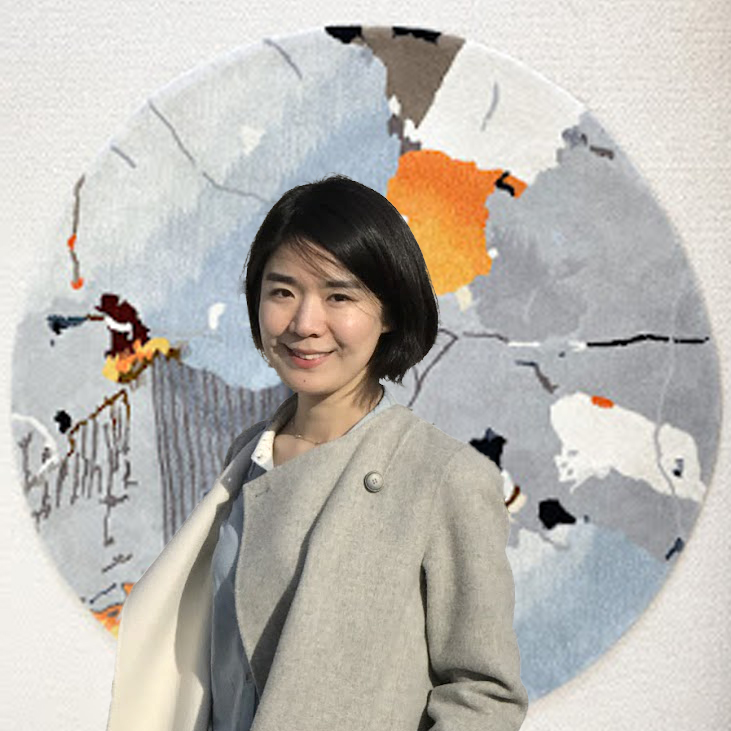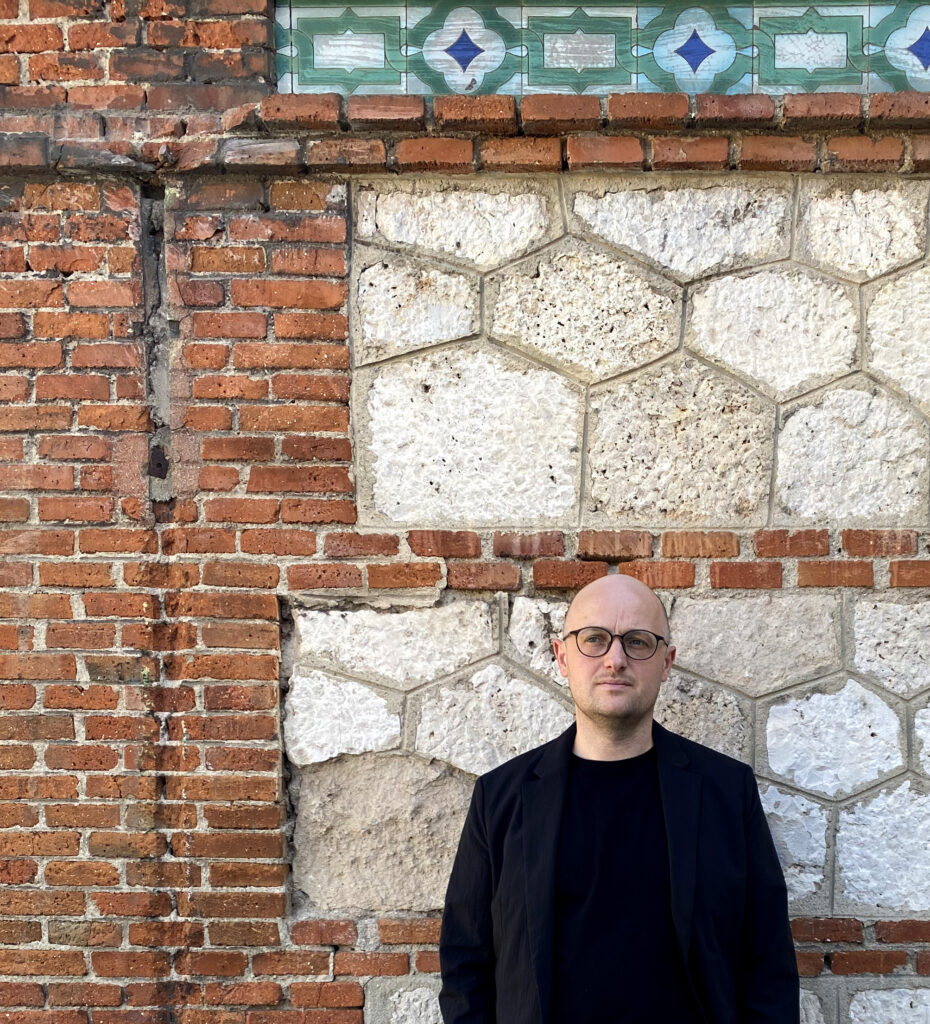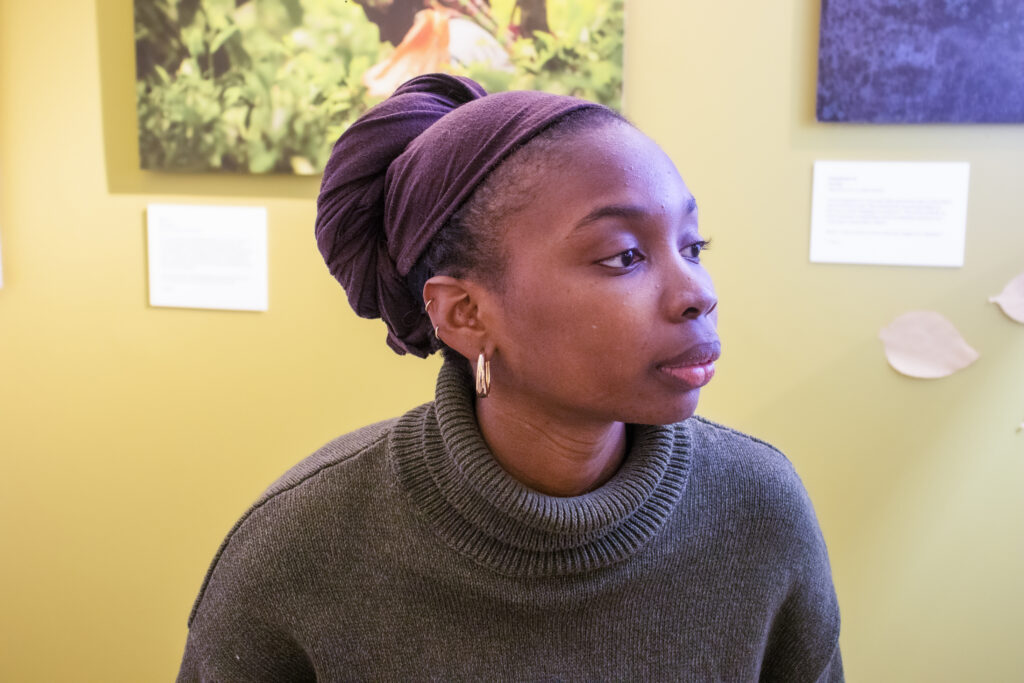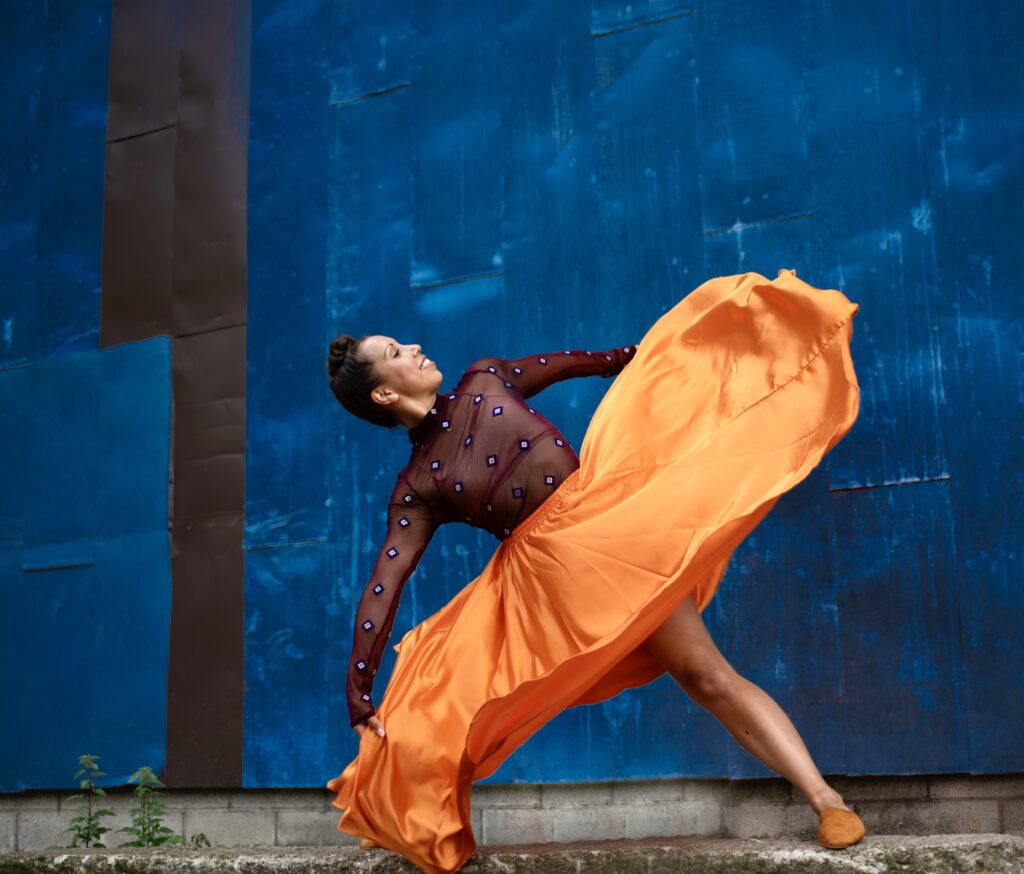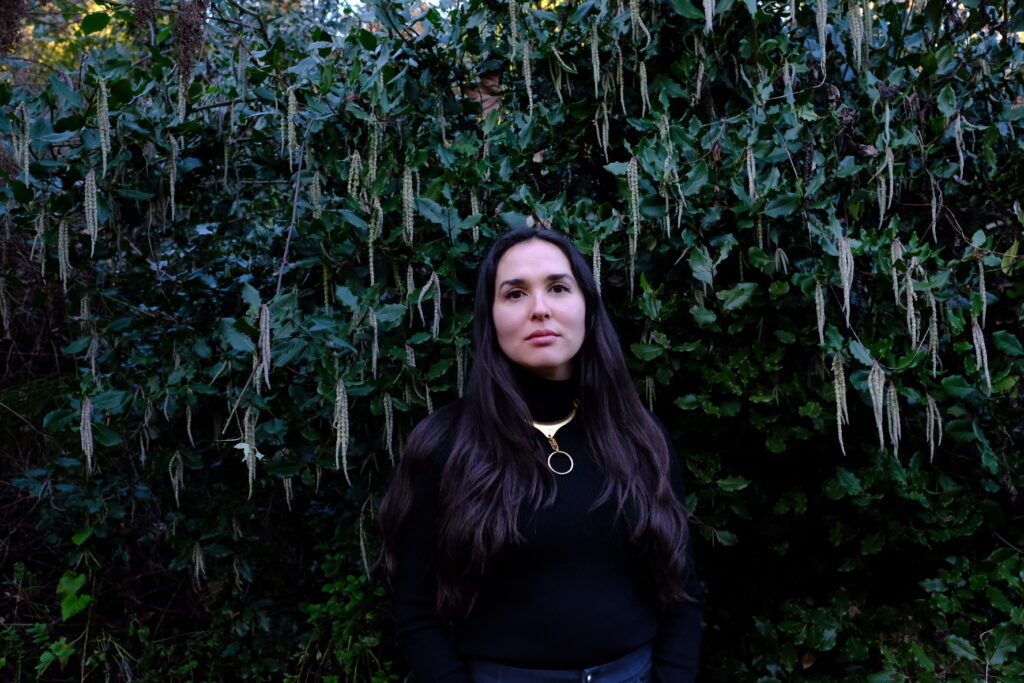Meet the 2024 Artists-in-Residence!

We are thrilled to announce five new artists for Mount Auburn’s Artist-in-Residence program, now in its tenth year. Between April 2024 and April 2025, the artists will be working on original site-specific creative projects inspired by an in-depth experience at the cemetery. All projects will be presented to the public and announcements will be made on our website, e-newsletters, and on social media.
Yufan Gao (she/her), multimedia artist
Yufan Gao is a licensed landscape architect and a core faculty member in the School of Landscape Architecture at Boston Architectural College. In 2021, she co-founded the interdisciplinary studio, Studio Gao-Byun. The studio explores the nuances in the relationship between nature and non-nature, landscape and architecture, with close attention to how time shapes a place. Her current teaching and research focus is on the discourse surrounding landscape aesthetics and how we perceive, interpret, and conceptualize our natural and built environments. Yufan holds a B.A in Textiles from Hong Kong Polytechnic University and Cornell University, and an MLA from the Harvard Graduate School of Design.
Adam Molinski (he/him), multimedia artist
Adam Molinski is a licensed landscape architect and a core faculty member in the School of Landscape Architecture at Boston Architectural College. He teaches planting design, research courses, and design studios. His research and teaching focuses on the role of plants in urban landscapes and how we perceive landscapes from a multi-sensory perspective. Adam has worked across multiple disciplines including art, film, architecture, landscape architecture, and urban design. Adam holds a B.S. in Film from Boston University and an MLA from the University of California, Berkeley. Adam is also an ISA certified arborist.
Yufan and Adam will be leading a series of sensory walks during which participants will participate in a series of sensory exercises to observe and document their experience in the landscape (i.e. touch, sound, sight, feeling, mood). They will then take the data and sound recordings from the walks and turn it into a series of interactive multimedia/multisensory maps. Guests will be able to interact with, touch, and listen to the sensory maps to explore the rich and varied sensory landscape at Mount Auburn.
Fatima Seck (she/her), poet/illustrator
Fatima Seck is a teacher, poet, and community artist. Through public and community-centered projects, Fatima explores Black history, archival expansion, public space, land and materiality, and Black childhood. Her work has received support from several organizations including Grow Boston, Revival Road Farm, the City of Cambridge, Wellesley College’s Anti-Carceral Co-Laboratory, the New England Foundation for the Arts, and more. She is deeply grounded in pedagogy and social engagement, and has worked as an educator and teaching artist at several local public schools and institutions including the ICA Boston, where she currently facilitates their teen Photo Collective program. Her poem, “Carrots,” was selected for the 2023 Mayor’s Poetry Program and was displayed at Boston City Hall.
Fatima will be gathering natural pigments from botanics found at the Cemetery for an illustrated children’s poetry book about the life of one of Mount Auburn’s most significant residents, Harriet Jacobs. Her residency will include teaching workshops on poetry and on natural ink-making, and will culminate in a storytelling event at Jacobs’ gravesite for young school groups.
Lonnie Stanton (she/her, they/them), dancer/choreographer
Lonnie Anela O’kalani Neff Stanton is a proud native Hawaiian based in Boston. She is a professional dancer, dance educator, and certified yoga instructor. She currently performs with Jean Appolon Expressions, Peter DiMuro, Lynn Modell, and Continuum Dance. Formerly, she worked as a performer and teacher for 10 years with Prometheus Dance. Lonnie is passionate about sharing dance in unconventional, often outdoor spaces where a broad audience can be reached. In 2022, she was awarded the Live Arts Boston Grant with The Click for her site-responsive augmented reality dance installation, Emotive Land. In 2021, she choreographed auditory movement maps for American Repertory Theater’s Arboretum Experience. Lonnie is on faculty at the Boston Conservatory at Berklee and The Harvard Dance Center.
Lonnie will lead two “dance to heal” workshops, one for adults and one for families with children, that will focus on movement as a healing practice for grief. Her residency will culminate with an outdoor, “traveling” performance of site-responsive dance vignettes that explore the cyclical relationship between grief and gratitude.
Markel Uriu (she/her), interdisciplinary artist | www.markeluriu.com
Markel Uriu is an interdisciplinary artist from Seattle, WA, currently based in Boston while earning her master’s in landscape architecture from the Harvard Graduate School of Design. Her work explores impermanence, maintenance, and the unseen. Drawing from her Japanese and Irish-American heritage, she is particularly interested in liminal spaces, and explores these concepts through research, ephemeral botanical narratives, installations, and two-dimensional work. Her current work investigates the ways we view ourselves in relationship to other humans, species, and ecosystems and how it manifests in our landscapes. Markel is the recipient of various awards and residencies, including the Penny White Project Fund at Harvard Graduate School of Design (Cambridge, MA), the 4Culture Amazon Artist-in-Residence (Seattle, WA), and the 4Culture Artist Grant (Seattle, WA).
Markel will create a large paper weaving that explores the ecology and history of Mount Auburn as a park cemetery and its contemporary context in the urban fabric of Cambridge and Watertown. She will take pictures of the Cemetery and its surrounding area to create a “map” exploring its historical context as an urban project meant to address practical, social, and urban concerns of the era and how that legacy influences its context today. The paper-weaving sculpture will be made of images from the archives, the atmospheric environment, flora and fauna found at the Cemetery, and details that highlight the Cemetery’s human purposes (i.e. a space for commemoration, grief, remembrance, and leisure).
Comments are closed.
